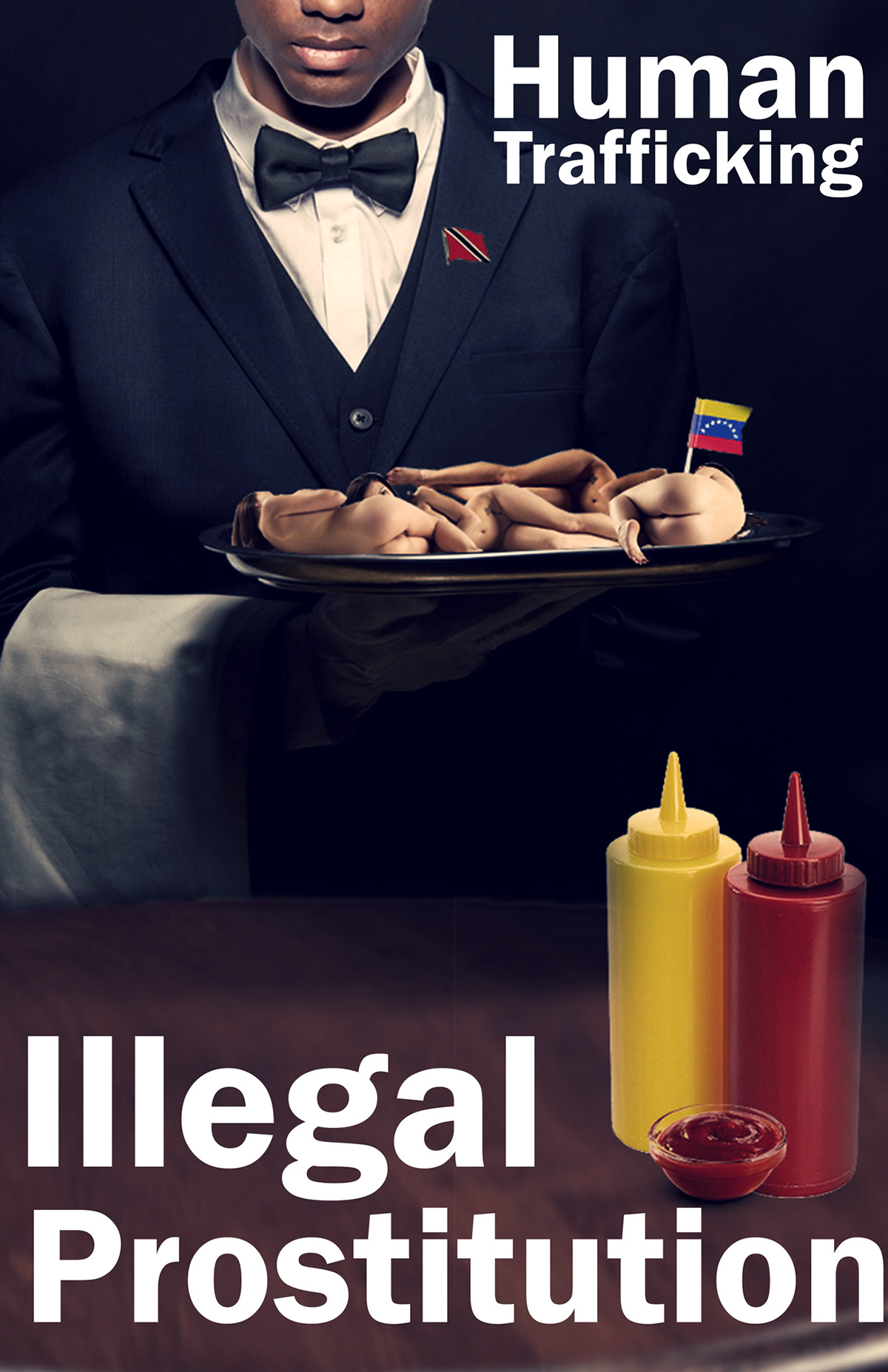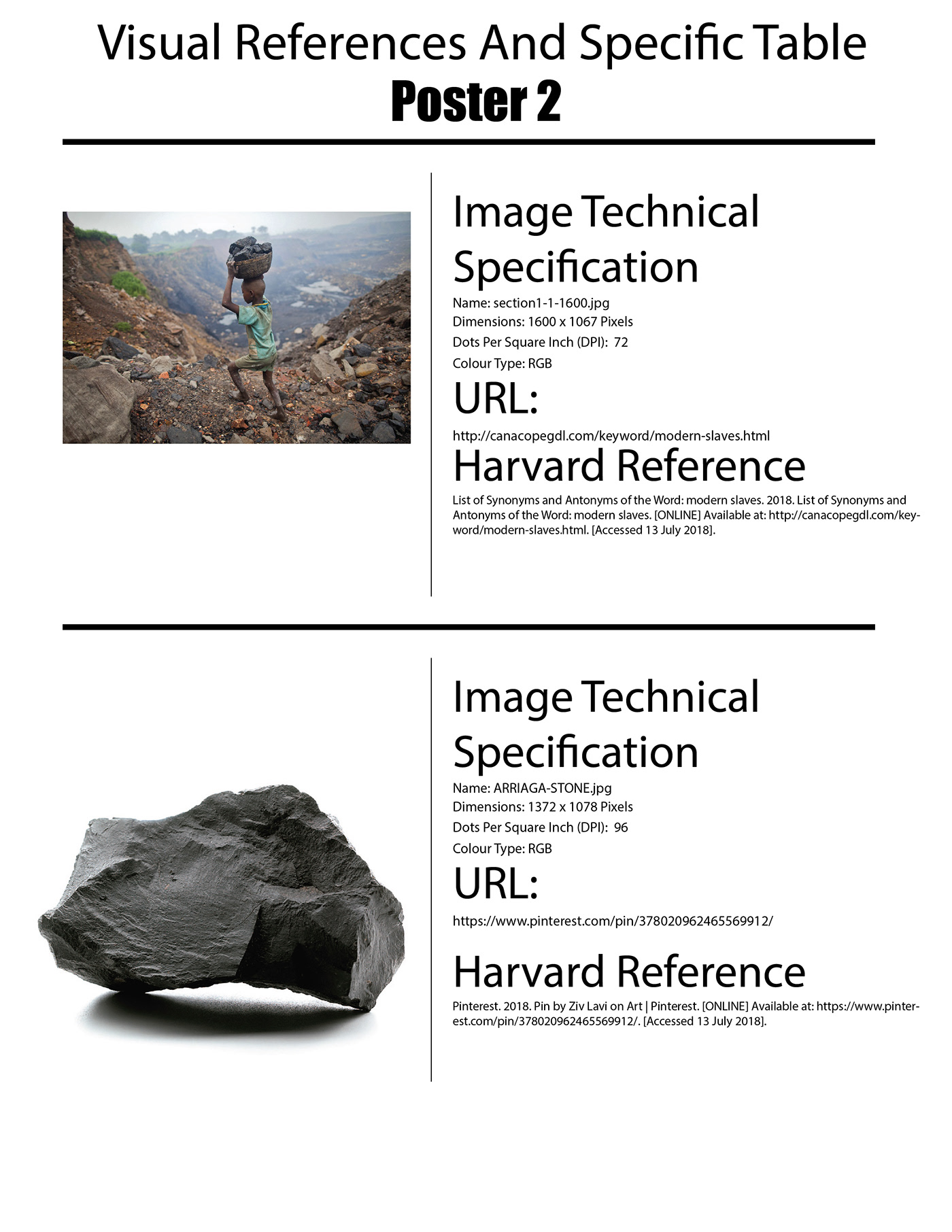Online Post:
Unit 33, Francis,S - Task 1 & 2
Task 2
Human Trafficking
Human Trafficking has become an epic epidemic in recent years in the Caribbean and South America. This epidemic is a symptom of the economic crisis occurring in Venezuela starting in 2017. This Economic crisis is the result of Venezuela’s miss management of their economy by over relying on oil exports. After the artificial fall in Oil Prices in the global market due to geographical warfare in the middle east.( Aljazeera, 2018) What this means is Venezuela central bank does not have the foreign reserves to back their currency causing a rise in depth and instability which makes there bonds value drop and reducing their dollars purchasing power i.e. Hyperinflation . As a result of this hyperinflation the standards of living has fallen drastically. Venezuelans has lost their ability to purchase food items and medicines leading to a mass exodus to neighboring countries. (Amir Vera, 2018)
Sadly during a period of mass exodus all the elements are in the right place for exploitation. Venezuelans are desperate to return to a live able standard of living or better leading to illegal migration. According to the Global Report on Trafficking in persons done by the UNDE 79% of women and girls are sexual exploited. (Unodc.org, 2014) Trinidad and Tobago has had an influx of Venezuelans in 2017 which lead to an explosion of report from the establish news outlets about prostitution and sexual abuse face by locals. As a citizen of Trinidad and Tobago who wants to assist what can a graphic design do to help?
Through the use of photo manipulation my hopes is to invoke empathy to the hardship face by immigrant daily. The first question is what makes photo manipulation, an appropriate medium for creating works of art to accomplish this goal? A photograph is writing with light from the perceptive of the photographer conversed as a physical representation. (Getty.edu, 2010) Photo manipulation which existed form the time of the first photograph was invented by Joseph Nicéphore Niépce in 1816 with his heliography (sun drawer) camera. This manipulation was done to create or change the narrative, of the elements combined to make the finally physical representation. One of the best examples of early photo manipulation is the photograph of General Ulysses S. Grant on horseback in front of his troops during the American Civil War 1860 was found to actually be a composite of three separate photographs (GaTech, n.d.).
Techniques use to accomplish some of these photo manipulation were Wet Collodion a process allowed for the combination of multiple images on a single negative in the 1850’s (CreativeLive, 2017), Painting on the Photograph as was don’t to convert early black and white to colour and the “tall tale” postcards technique created by William H. Martin and Alfred Stanley Johnson Jr. (CreativeLive Blog, 2017)
In Modern times most photo manipulation is done digitally on a computer using software. Some of the software that allow for this manipulation are: Adobe Photoshop, Coral paint, Affinity designer, and Gimp. These software allow for the selection, and isolation of elements in a digital image for the purpose of having there lighting, exposer, scale, dimensions, colours, contrast and proportions to be modify.
While all these software all do similar things there are defined differences which make some software preferred over the others. I will start with the industrial standard Adobe Photoshop was created in 1988 by Thomas and John Knoll for raster graphics editing. Photoshop allows editing and compose raster images in multiple layers and supports masks, alpha compositing and several colour models including RGB, CMYK, CIELAB, spot colour and duotone. (Adobe.com, 2018) The interface can be very overwhelming to new users of the program. With the move to the Creative Cloud and the updates that Photoshop has seen lately, even veterans have struggled from time to time with the learning curve of this software. One of my favorited feature is the integrated stock library lets you save time during the creative process.
Affinity designer is the new kid on the block, it’s a combination of Adobe Photoshop and Illustrator. They are an inexpensive version that has all of the same feature of abode software up to CS3. With their own twist of integrating their favorite Adobe plugins. There UI is always changing which can be good as it can adapt quickly to the requirements of the industry. Also if you find a layout you like you can keep using it but too much change can become overwhelming.
Coral paint has less features but are a lot easier for beginners to use. Ui is clean and welcoming with automated feature for common task.
Gimp is a free open source software using the software of cs3 as the base and users building on to it. Adobe has made a policy of giving up there copyright of their software every 15 years to be use as a teaching tool.
For my images I will be using Photoshop as I am use to using it daily. New feature I would like to see in Photoshop includes: Tool which automatic colour and lighting layers also to a plugin stock library to allow plugin to be easily found. The current method of find plugins are searching graphic websites and forums to get them. Also allow plugins to become tools on the tools menu bar. Other feature would be augment reality filter that can carry out Photoshop actions on mobile devices.
References
Adobe.com. (2018). Trademarks | Adobe. [online] Available at: https://www.adobe.com/legal/permissions/trademarks.html#section-4 [Accessed 27 Oct. 2018].
Amir Vera, C. (2018). Neighboring South American countries stiffen borders as chaos in Venezuela triggers exodus. [online] CNN. Available at: https://edition.cnn.com/2018/08/20/americas/venezuelan-humanitarian-crisis/index.html [Accessed 27 Oct. 2018].
CreativeLive Blog. (2017). A Short History of Photo Manipulation (Before Photoshop). [online] Available at: https://www.creativelive.com/blog/tbt-photo-manipulation-before-photoshop/ [Accessed 27 Oct. 2018].
GaTech, n.d. Photo Tampering Throughout History. [Online]
Available at: https://www.cc.gatech.edu/~beki/cs4001/history.pdf
[Accessed 22 Oct 2018].
Available at: https://www.cc.gatech.edu/~beki/cs4001/history.pdf
[Accessed 22 Oct 2018].
Getty.edu. (2010). [online] Available at: https://www.getty.edu/conservation/publications_resources/teaching/photo_tn_whatis.pdf [Accessed 27 May 2018].
Merriam-webster.com. (2018). Definition of COMPOSITE PHOTOGRAPH. [online] Available at: https://www.merriam-webster.com/dictionary/composite%20photograph [Accessed 24 Oct. 2018].
Unodc.org. (2014). [online] Available at: http://www.unodc.org/documents/data-and-analysis/glotip/GLOTIP_2014_full_report.pdf [Accessed 27 Oct. 2018].
Note: This post and the images produced are purely for academic purposes only
Task 1 post 1









Task 1 post 2









Task 1 post 3










